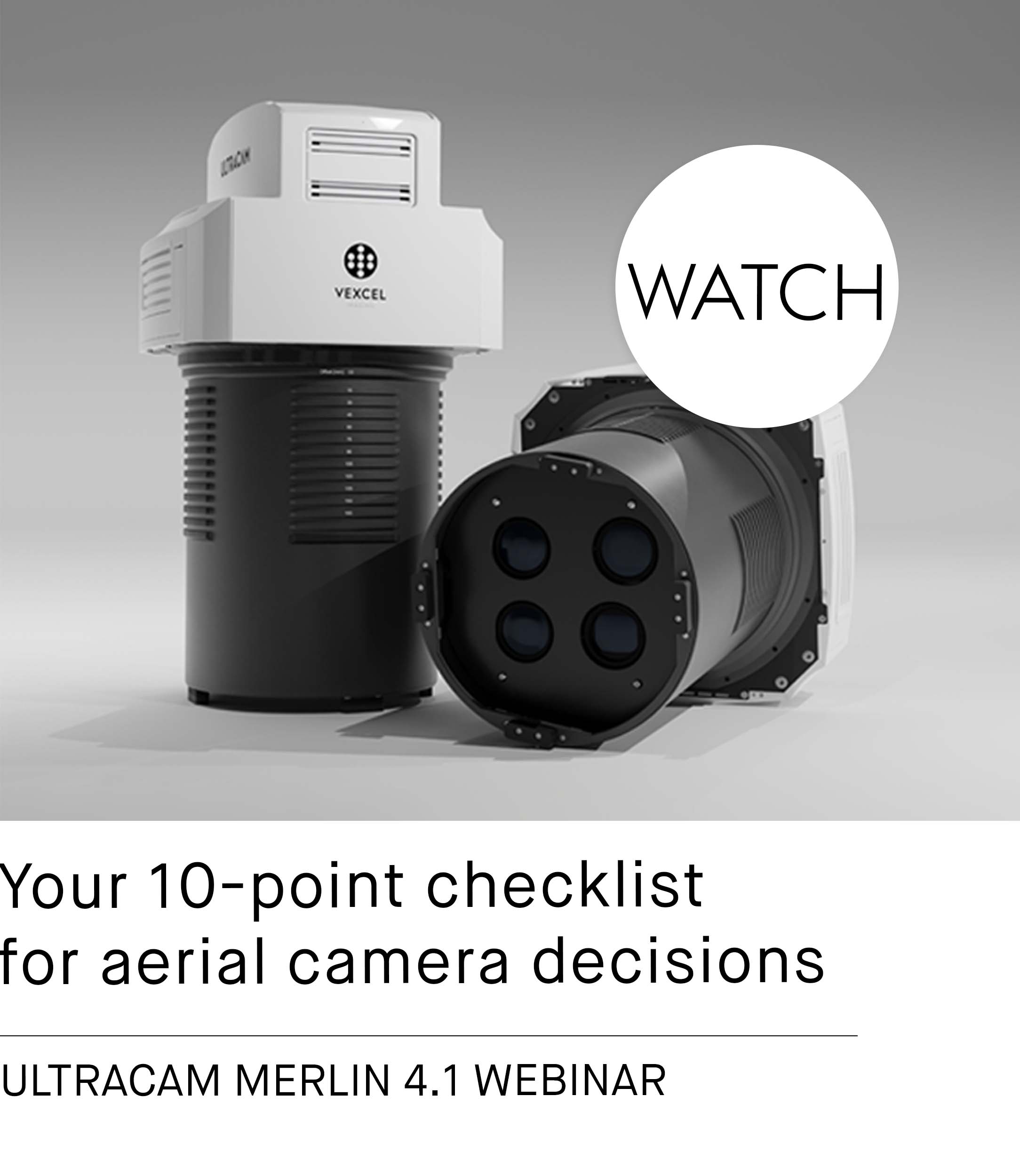AMC – a game-changing approach to motion compensation
Graz, Austria • July 8, 2021
Vexcel Imaging proudly presents a revolutionary new feature, the Adaptive Motion Compensation (AMC), that Vexcel has introduced exclusively for 4th generation UltraCam aerial sensors. AMC is an innovative motion compensation approach that in addition to correcting image blur in the direction of flight (the so-called Forward Motion Compensation or FMC) also addresses blur caused by multi-directional camera movements during the flight. Additionally, AMC compensates for ground sampling distance variations in oblique imagery with fantastic results - through AMC, the 4th generation UltraCam produces imagery of unprecedented vividness and sharpness!
Compensating the motion blur of an aerial platform while capturing aerial imagery is a challenge that has been addressed by different implementations throughout the history of using aerial cameras. Solutions have ranged from moving film in analog cameras, time delayed integration (TDI) on CCD sensors, mechanically moving CMOS sensors, to simply using fast shutter speeds. The dynamic environment of aerial camera operations leads to several limitations of the existing Forward Motion Compensation (FMC) approaches.
With the introduction of Adaptive Motion Compensation (AMC), Vexcel imaging is starting a new chapter in motion compensation. Utilizing an innovative software-based approach to successfully compensate for multi-directional motion is a game changer for the industry.
In the picture below, the results of AMC are easily visible. The differences to FMC by AMC are of particular interest because it is obvious that the rolling movement of the aircraft, which caused a blur along the vertical axis of the image, cannot be compensated by FMC methods. Only AMC is capable of correcting multi-directional blur after the imagery was captured.

Meta data: left oblique cone zoomed at 200 %, Flight direction: to the right, GSD: 5cm, SOG: 126 knots, exposure time: 1/500
The first aerial camera that offers this industry-leading new feature is the UltraCam Osprey 4.1. The 4th generation aerial camera has been launched in 2020 and pushes flight collection efficiency to new levels. The Osprey 4.1 is a highly versatile system and able to simultaneously collect photogrammetric-grade nadir images (PAN, RGB and NIR) and oblique images (RGB) in four directions. Typical applications range from Smart City projects and 3D city modelling to traditional mapping.
Want to know more about the UltraCam Osprey 4.1 and its game-changing features?






